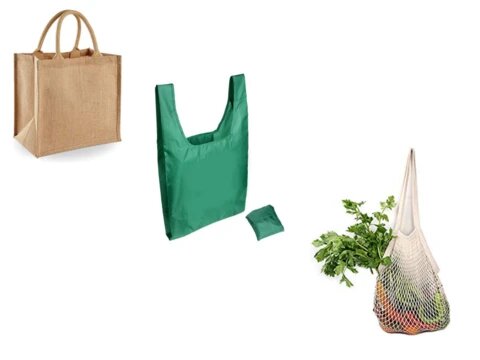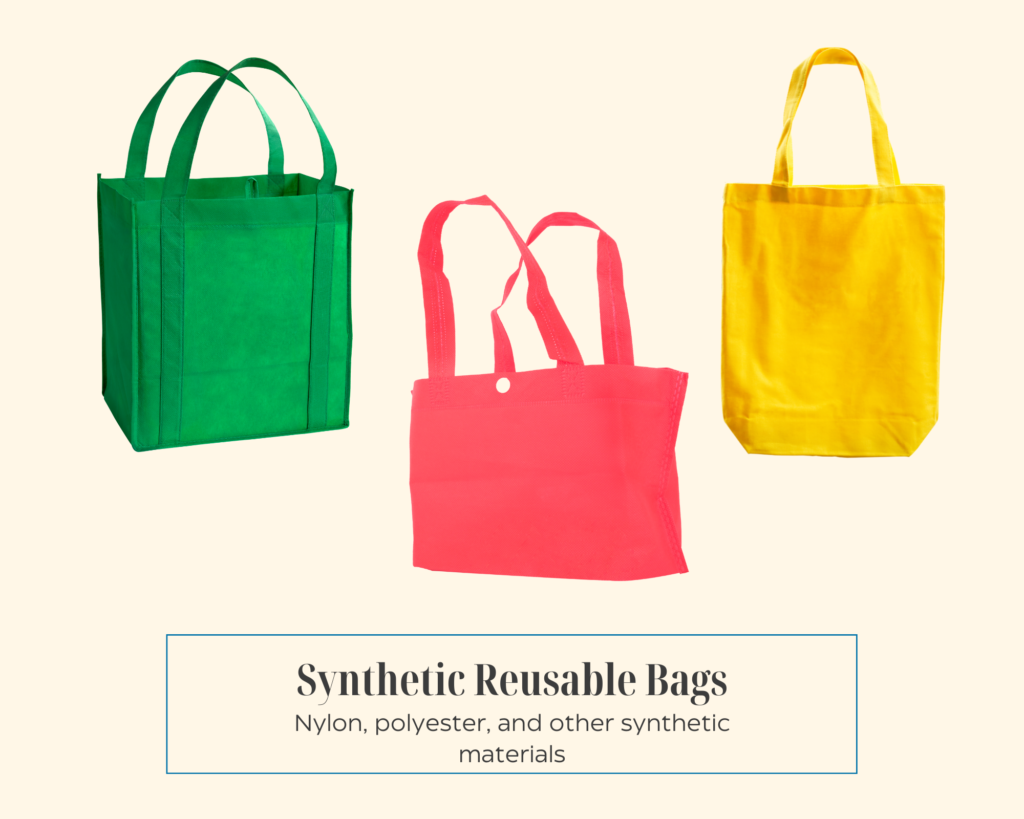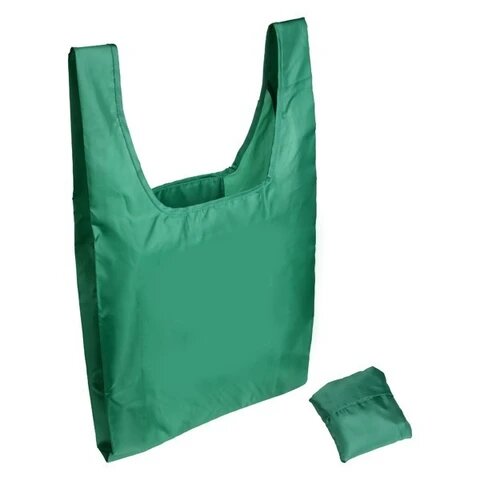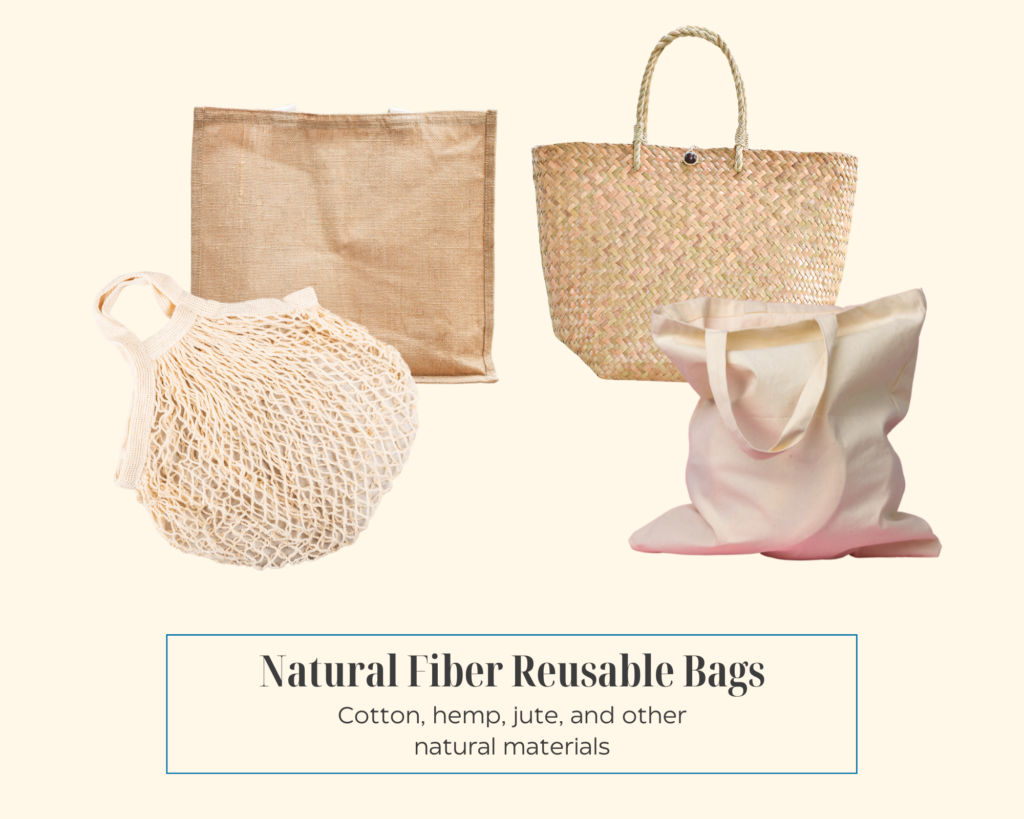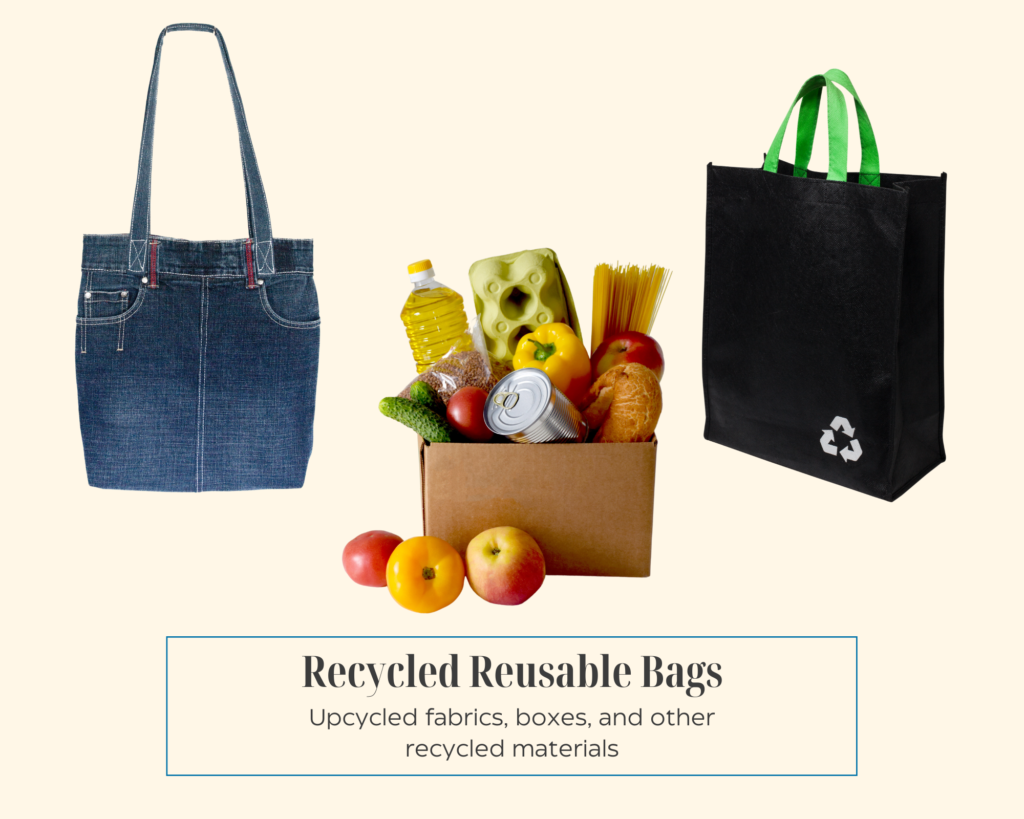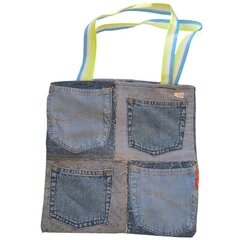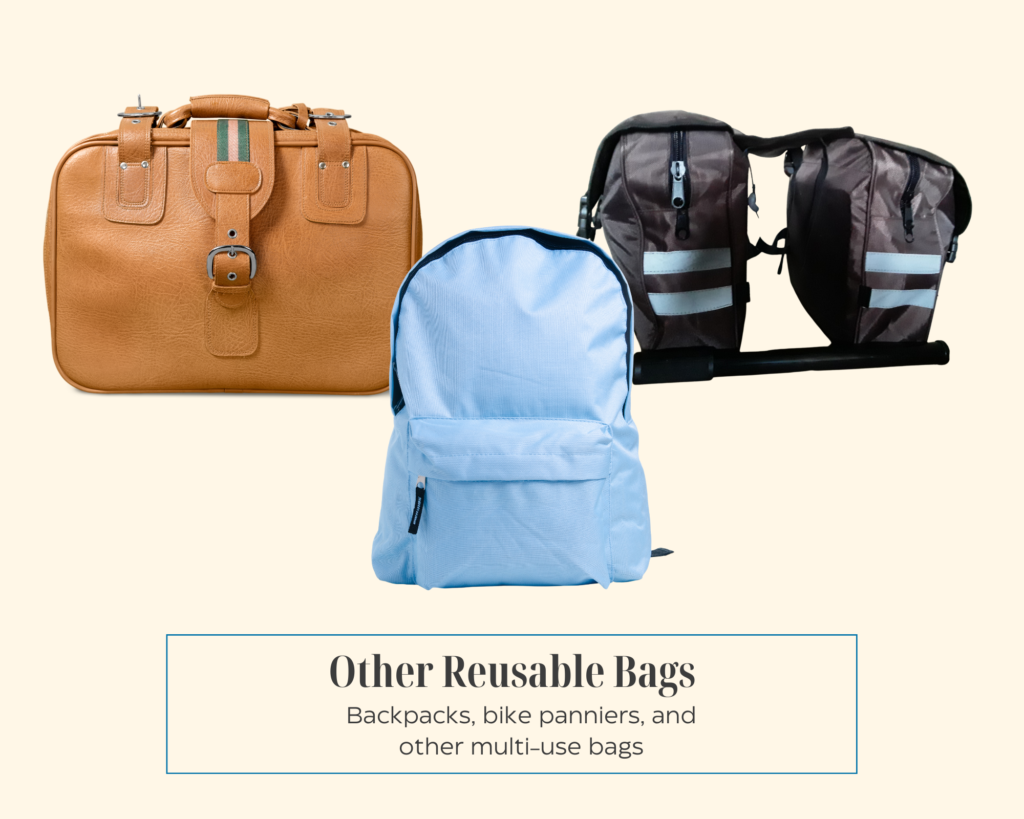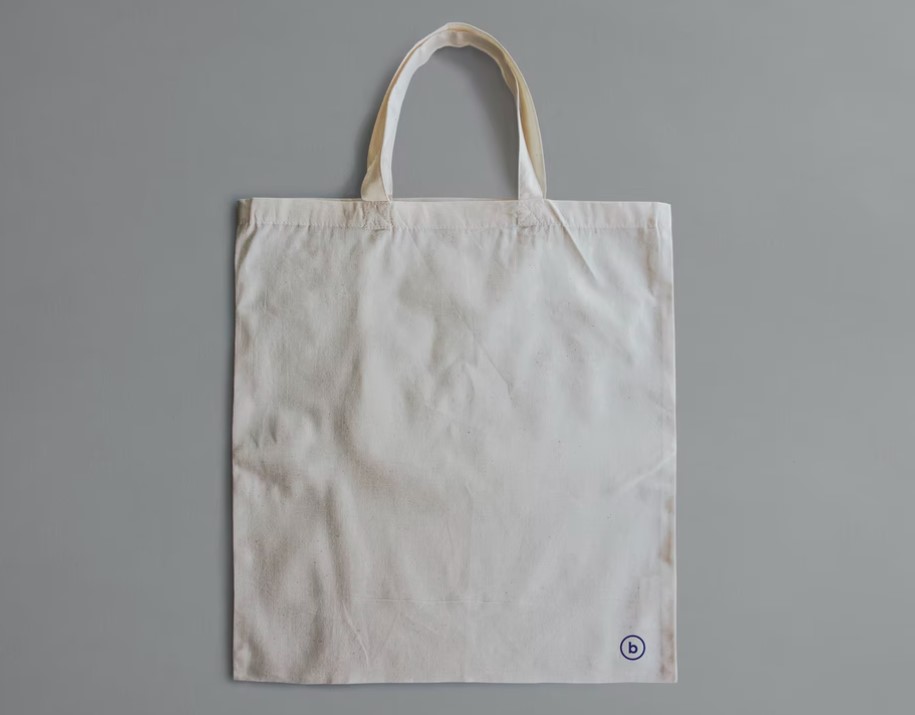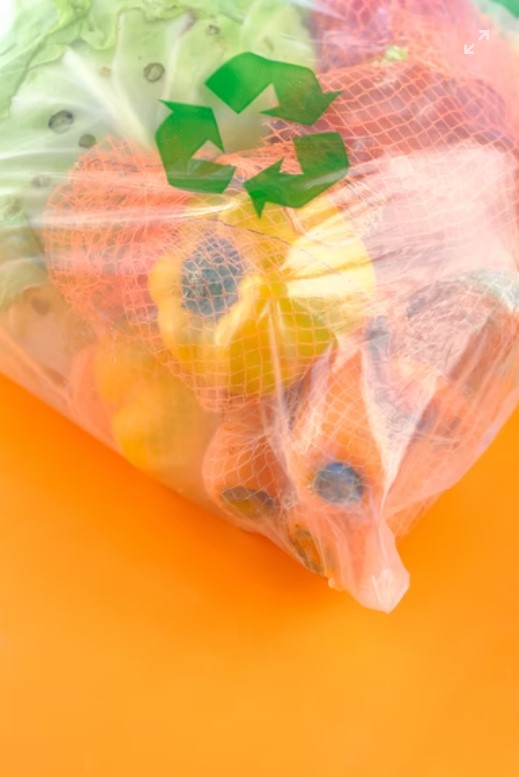Plastics are everywhere…
Think about your most essential daily activities. How many times do you come into contact with plastic before you even start your day?
Toothbrush. Toothpaste. Comb. Shampoo. Body wash. Loofa. Deodorant… okay I’m ready for a cup of coffee – hopefully you’re taking your own reusable cup to Starbucks.
Our biggest issue: Plastics have made so many aspects of our lives so convenient, it’s hard to imagine giving them up in hopes that it will be the difference that saves us from environmental catastrophe.
That’s why a key part of solving the plastic problem is finding innovative alternatives that support our expectations, but don’t trash our oceans. Rather than reinvent the wheel, eco-friendly alternatives seek to find sustainable solutions that fit our current needs without sacrificing convenience.
Plastic production has escalated from 15 million tons to 311 million tons in only fifty years and it’s estimated that 8 million tons of that find its way to the oceans each year. That’s enough plastic to cover every foot of every nation’s coastline with five grocery bags of plastic trash.
While innovation isn’t the only solution toward solving the plastic problem, it is certainly going to play an important role.
Learn more about the plastic problem and other ways we’re working to solve it here: Solving The Plastic Problem
Here’s where we are now and how much we might be able to expect innovation to help:
The Spectrum of Choices
Considering the fact that we rely on plastics for a wide range of uses in our daily lives, and that the aim of eco-friendly alternatives is to replace those uses, it is only appropriate that there is a diverse spectrum of products being offered. From caring for yourself, to eating and making your house a home, there’s a practical alternative for almost everything.
Personal Care
Bamboo toothbrush – one billion plastic toothbrushes are thrown out every year in the United States alone. That’s a lot of plastic! Bamboo is a becoming a popular alternative to plastic. It’s characteristics of being light, strong, and fast-growing make it a reasonable alternative to some plastic products.
Refill stations – some eco-entrepreneurs have expanded the retail landscape to include refill stations for soaps, shampoos, and other liquid necessities. BYOB (bring your own bottle) and prevent yourself from buying unnecessary containers every time you need more shampoo or body wash.
Feminine hygiene products – traditional tampons and pads contain plastic in both their packaging and the products themselves. This is harmful not only for the environment, but the individual too. There are a variety of organic and eco-friendly options out there now, including organic cotton tampons and menstrual pads, silicone menstrual cups, and reusable tampon applicators.
Dental floss – the majority of dental floss is made from nylon and plastic and packaged in an oversized plastic container. There are now some (not many…yet) alternatives that use organic, compostable alternatives such as silk, beeswax, and rice bran. If those don’t suit your needs, there are also traditional flosses being sold in cardboard boxes, eliminating plastic packaging waste.
Food
Reusable and biodegradable cups – rather than accepting that Starbucks latte in a traditional disposable cup lined with plastic, start bringing your own. It’s becoming just as convenient to bring a ceramic, glass, or bamboo cup. And there are now biodegradable alternatives as well.
Reusable and biodegradable bags – instead of grabbing a disposable plastic bag at the check-out counter, start bringing your own reusable tote, cotton or jute bags.
Reusable food storage – we all need viable options for storing food either on the go, for the fridge, or to preserve. There are now a variety of options to choose from to ditch traditional plastics such as reusable zip-top bags, reusable sandwich bags, silicone freezer bags, and even beeswax “cling wrap”.
Reusable straws – several campaigns have put their foot down when it comes to single-use plastic straws. But if you’re still yearning for that sweet sip of iced tea (or what ever your beverage of choice happens to be) through a straw, try purchasing straws made out of stainless steel, glass, or silicone that can be cleaned and reused.
Home Goods
Furniture – Much of the furniture in our households contains plastic or was packaged in plastic. Ecovative Design currently manufactures packaging from mycelium, the vegetative part of fungus, and farming by-products. They are in the process of expanding their business to include lamp shades, plant pots, and table tops.
Construction – Faux wood designs that were once only feasible with plastic molds, can now be created using Arboform, a thermoplastic deemed “liquid wood”. Made from wood by-products, this new innovation is being researched for toy production, golf tees, and even hi-fi speaker boxes.
Clothes and Fabrics – More and more we’re seeing clothes and fabrics made out of polyester, rayon, nylon, etc., that leave traces of microfibers on land and in the ocean. Up to 40% of these microfibers have the potential to reach rivers, lakes and oceans. Look for products made from natural materials, including cotton, silk, wool, linen, or hemp as an eco-friendly and, honestly, more durable and long-lasting option.
A wide variety of eco-alternative options are becoming more feasible and accessible as public scrutiny hones in on plastics. But how do these stack up in the grand scheme of our plastic problem?
Impact of Alternatives
Plastic is becoming such a significant problem environmentally because it accumulates at a faster rate than it can decompose or degrade. It takes plastic bottles 450 years or more to decompose, plastic bags up to 1,000 years, and styrofoam 1 million years.
Eco-friendly alternatives provide the same utility as plastics, but are able to biodegrade and decompose at a manageable rate. They are also usually less of a threat to human health.
Biodegradable plastics are made from organic materials, and as opposed to traditional plastics, biodegrade between 90 and 180 days when properly composted. On top of that, reusable alternatives displace plastics after every use.
Just by switching to a reusable water bottle, you can save 217 plastic water bottles in one year.
Are Alternatives That Much Better?
There is concern that eco-friendly alternatives may not be as beneficial to the environment as they are advertised.
Questioning the environmental impact of eco-alternatives vs traditional products is fair and healthy. Like peer reviewed studies in science, all innovations should be questioned, confirmed, and improved upon. Many individuals and organizations criticize the scalability and true environmental impact of “eco friendly” innovations.
As consumers trying to make the best decision, we have to consider the most credible information we have. Be wary of misinformation – some studies, reports, and information distributed come from sources with an agenda to support the plastics industry.
For example, in 2016, the American Chemistry Council released a study finding that alternative materials used for the same function of plastics would raise the environmental costs from $139 billion to $533 billion annually when consumption of natural water and emissions to air, land, and water are considered.
However, there are two main points we need to consider when assessing the validity of this information:
- Motivation – the American Chemistry Council is an industry trade association whose mission is “to promote the interests of companies engaged in the business of chemistry” (Wikipedia).
- Accuracy – studies like this tend to use the input variables to their advantage in order to provide a narrative that supports the goals of their stakeholders.
The study compares replacing plastic products such as plastic cups with alternatives made of aluminum or glass on a 1 to 1 basis. Glass and aluminum do require more energy input and natural resources than plastic. However, it is not realistic to replace single use products with reusable products on a 1 to 1 scale.
This study neglects a more realistic solution, where glass or aluminum cups are reused and each reusable cup displaces hundreds of single use plastic cups over time.
You can see a more accurate comparison of single use and reusable cups in this environmental impact evaluation, which calculates the breakeven point when replacing single use cups with reusable cups.
When compared fairly we find that many eco innovations are a better alternative. But how we use them is a critical variable. It’s not enough to just buy them with blind faith…
The Bottom Line
Do Your Due Diligence: Yes, we should be careful and not assume all innovations are an ultimate solution. Greenwashing is a valid concern and green products are not likely to magically solve the plastic problem (but they can play a big part).
Reduce: We need to be responsible about the way we use our alternatives. If you buy a reusable bag to replace plastic bags, or a reusable cup to replace disposable cups, treat it well and get as much use out of it as possible.
Support: Continue to support brands and industries that are actively working to innovate and solve environmental problems, not those who are trying to squeeze the last amount of profit they can out of an unsustainable industry.
Be Patient: Understand that we are still in the infancy stage of innovation. As eco-friendly alternatives gain more support from consumers, we’ll see better and more eco-friendly products.
Making a Difference
The best thing you can do to curb plastic pollution is stop using single use plastics.
When you can’t forego disposable goods completely, use the most sustainable alternative possible.
Benefits of using eco-friendly products:
1) Directly reduce the amount of plastic that is sent to the landfill or ends up in the natural environment.
2) Your support for responsible brands will fuel further innovation.
3) Your actions will help shift the cultural norm that merely accepts plastics as part of our daily lives despite their negative impact.

